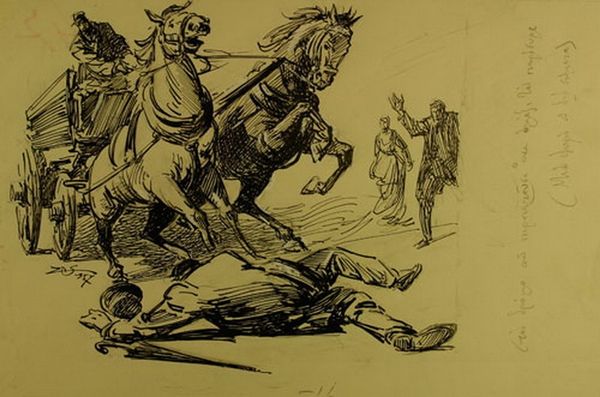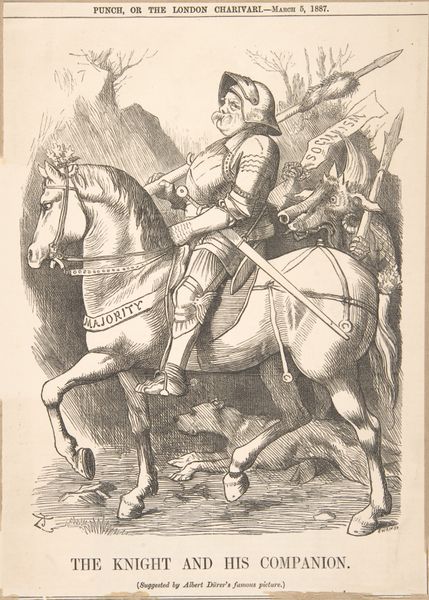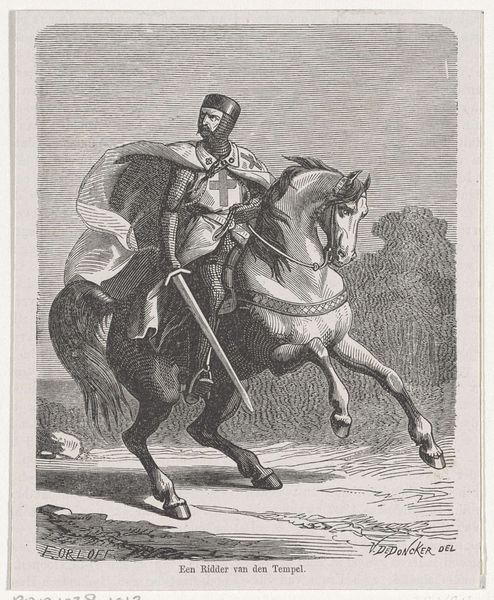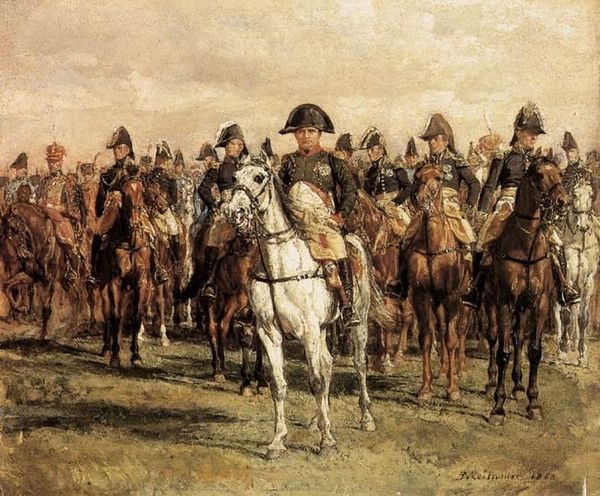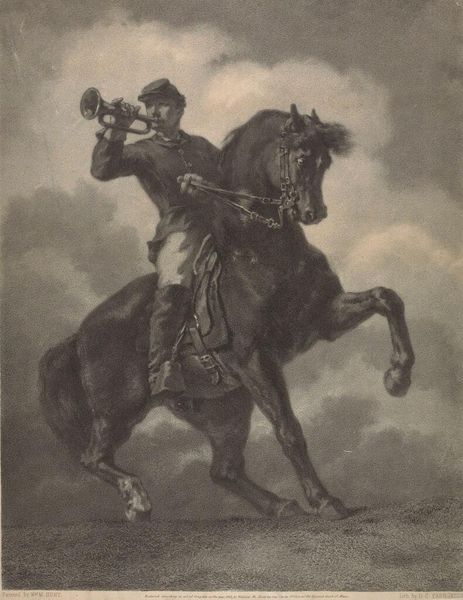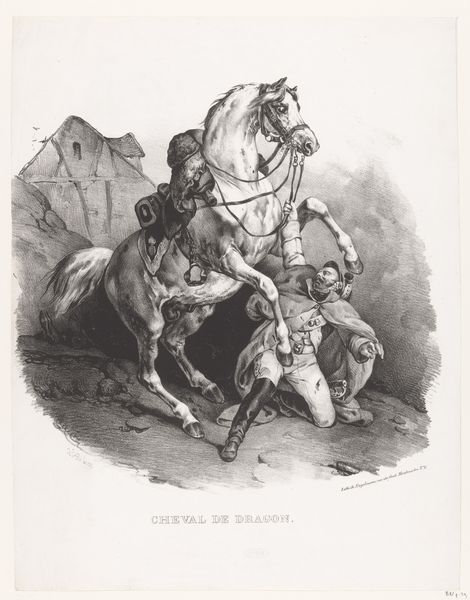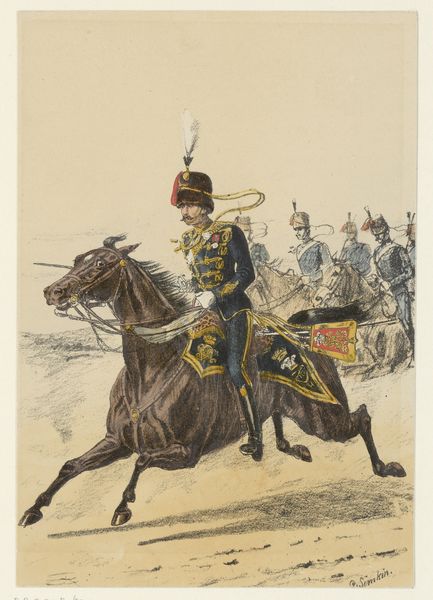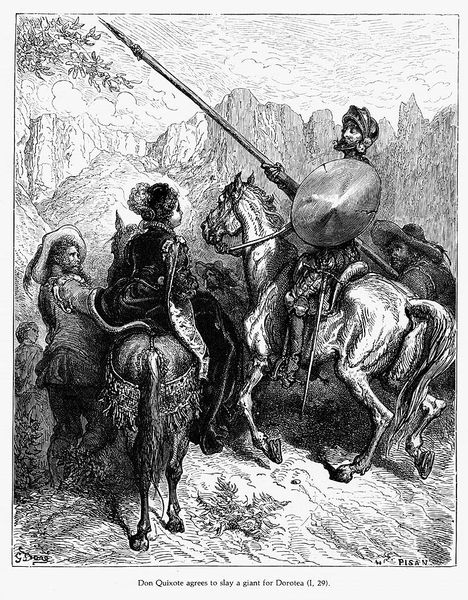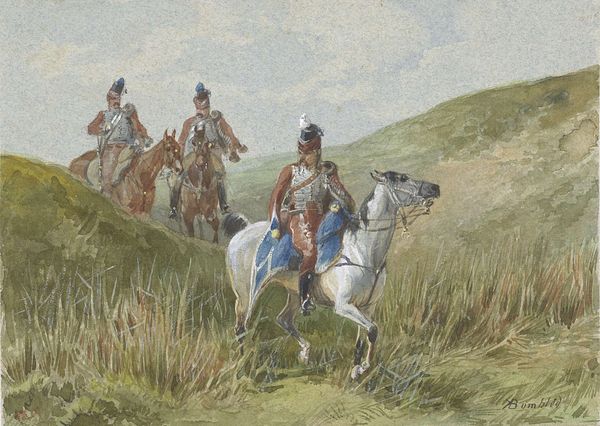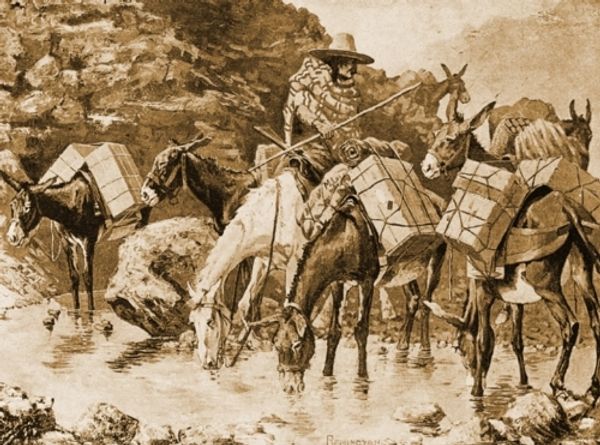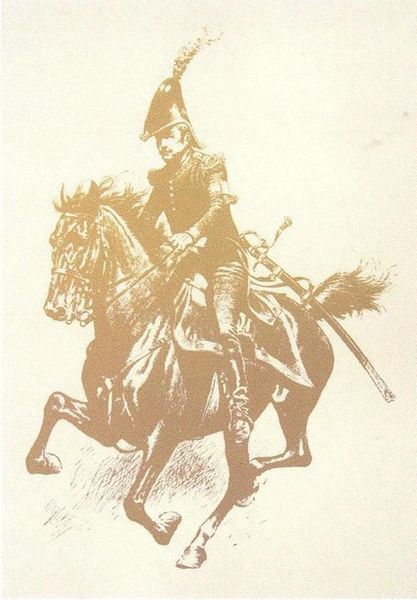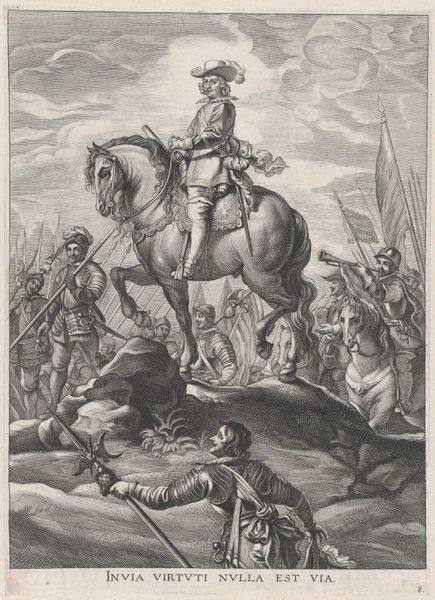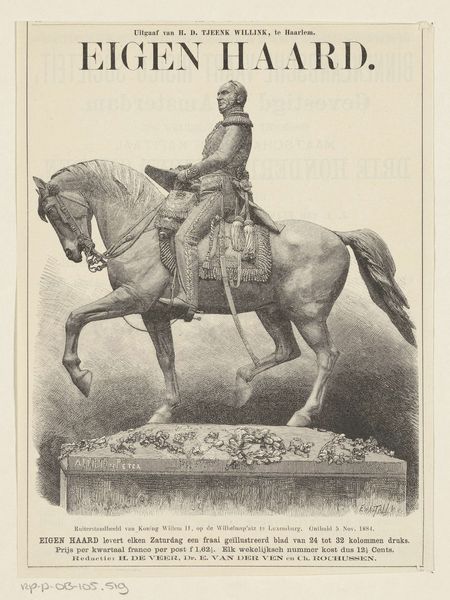
drawing, pencil
#
drawing
#
narrative-art
#
pencil sketch
#
figuration
#
pencil drawing
#
coloured pencil
#
pencil
#
russian-avant-garde
#
watercolour illustration
#
realism
Copyright: Public domain
Curator: This pencil and watercolor work from 1895 is Andrei Ryabushkin’s rendition of “Volga Vseslavevich.” Editor: My immediate impression is one of subdued power, almost a muted heroism. The composition is strikingly simple. I'm drawn to how the central figure’s steely gaze intersects with that of the viewer. Curator: Considering Ryabushkin's place within the Russian avant-garde, it's fascinating how he engages with traditional themes of folklore here. One can imagine the socio-political undercurrents influencing this piece. What does the depiction of a legendary hero communicate to the contemporary audience about their own struggles and national identity? What kind of workshop process do you think went into rendering such detailed outfits and confident character postures? Editor: Indeed. Looking at the semiotics, the hero, Volga, commands the space with an iconic confidence. Note the intricate details of their armaments and attire – these design choices create a distinct visual rhythm across the surface. It makes one wonder about Ryabushkin's use of perspective to draw our eye toward that very particular cluster of details that establish a social class system here. Curator: Precisely, and that very deliberate rendering contributes to the dialogue Ryabushkin initiated about craftsmanship and its role within Russia at the time. We also need to recognize that this piece likely acted as an implicit commentary on industrialization— contrasting pre-industrial heroism with contemporary socio-economic realities, when viewed in light of other contemporary artwork of that period. Editor: Yes, I see what you mean about social contrasts, particularly in how the piece presents texture and light as ideological markers. But what particularly excites me here is that visual tension emerging from his expert compositional arrangement, where one immediately senses an ideological narrative through pure pictorial means, something about how Ryabushkin organized mass against an individual that triggers a dramatic emotion within me. Curator: Agreed, that's very astute. Looking closely, we notice that Volga stands somewhat isolated—a commentary, perhaps, on the leader's role versus the masses involved in that social moment of Russian culture, one rendered through very deliberate deployment of color and shadow in an expressive format, if that makes sense. Editor: It does. I'm also stuck with thinking about what constitutes a pencil drawing versus the idea of the artist's rendering being perceived as the artist's initial thought, and the connection that might have had on period aesthetics regarding form and class. Curator: Well, whatever meaning Ryabushkin hoped to convey, one thing's for certain: “Volga Vseslavevich” resonates because it encourages its viewer to see craftsmanship’s relationship to society and consider one's place in it, perhaps inviting change. Editor: Yes. And from a formal standpoint, I think its true success comes from being able to invite contemplation of values through this interplay of material detail and character construction that is at once visually appealing and rich in philosophical insight.
Comments
No comments
Be the first to comment and join the conversation on the ultimate creative platform.
